
Australia’s Pill-Popping Problem: The Persistence of Preventable Chronic Disease, a Decade in Review
The Australian Government spent a staggering $17 billion on prescription drugs last year. But here’s the alarming truth: most of those pills are for conditions that are largely preventable. We’re in the grip of a pill-popping epidemic, where our reliance on medication masks a deeper health crisis fueled by addiction, sugar and seed oil.
A decade of data on Australia’s most prescribed drugs reveals a troubling lack of progress in tackling preventable, chronic conditions. The data shows the extent to which these medications have become part of daily life for many Australians.
Here’s the 2023 breakdown along with comparisons to 2013 and 2020:
| Drug | Condition | Rank 2023 | Rank 2020 | Rank 2013 |
| Atorvastatin | Cholesterol | 1 | 1 | 1 |
| Rosuvastatin | Cholesterol | 2 | 2 | 2 |
| Amlodipine | Blood Pressure | 3 | 4 | 7 |
| Perindopril | Blood Pressure | 4 | 3 | 5 |
| Telmisartan | Blood Pressure | 5 | 6 | 8 |
| Candesartan | Blood Pressure | 6 | 5 | – |
| Sertraline | Depression & Anxiety | 7 | 9 | – |
| Escitalopram | Depression & Anxiety | 8 | – | – |
| Metformin | Type II Diabetes | 9 | 10 | 6 |
| Irbesartan | Blood Pressure | 10 | 7 | – |
These numbers tell a stark story:
- Cholesterol: A staggering 1 in 5 Australians are popping statins, a drug that treats nothing but is meant to lower the risk of future heart attacks. These powerful medications alter liver function, and evidence suggests the only clear beneficiaries are younger men who’ve already had a heart attack. For most, the risks of diabetes and dementia outweigh any potential gain.
- Blood Pressure: An alarming 1 in 3 Australian adults have high blood pressure, with a third of them relying on medication. Ironically, while many shun salt, recent research suggests fructose – the sweet half of sugar – may be the main culprit behind hypertension.
- Mental Health: Approximately 1 in 5 Australians took a mental health related drug last year, a concerning increase since 2020. This surge in medication use, coupled with rising rates of anxiety, depression, and self-harm, is a stark reminder that we are in the midst of a mental health crisis in this country. This crisis has been massively accelerated by the unchecked proliferation of addictive gaming and gambling apps and social media platforms among teenagers.
- Diabetes: The prevalence of diabetes has more than doubled since the turn of the century, with prescriptions for diabetes medications surging by 24% in just the last three years.
The prevalence of these medications in the daily lives of so many Australians highlights the need for a shift in our approach to healthcare. We consume a mountain of statins in the hope (based on little to no convincing evidence) that they will prevent a disease caused by consuming sugar and seed oils. We rely heavily on blood pressure and diabetes medications for diseases definitively caused by sugar consumption. And we are massively increasing our consumption of medications aimed at relieving mental health problems associated with addictions to gaming, social media, and gambling. But rather than focusing on eliminating these problems or at least admitting they are problems, the solution appears to be to keep handing money to drug companies hawking dubious band-aids for mortal wounds.
It’s time for a radical shift in our healthcare approach. We must tackle the root causes of chronic diseases rather than pouring petrol on the bonfire of overmedication. We need to start holding policymakers accountable for promoting genuine health over pharmaceutical profits.
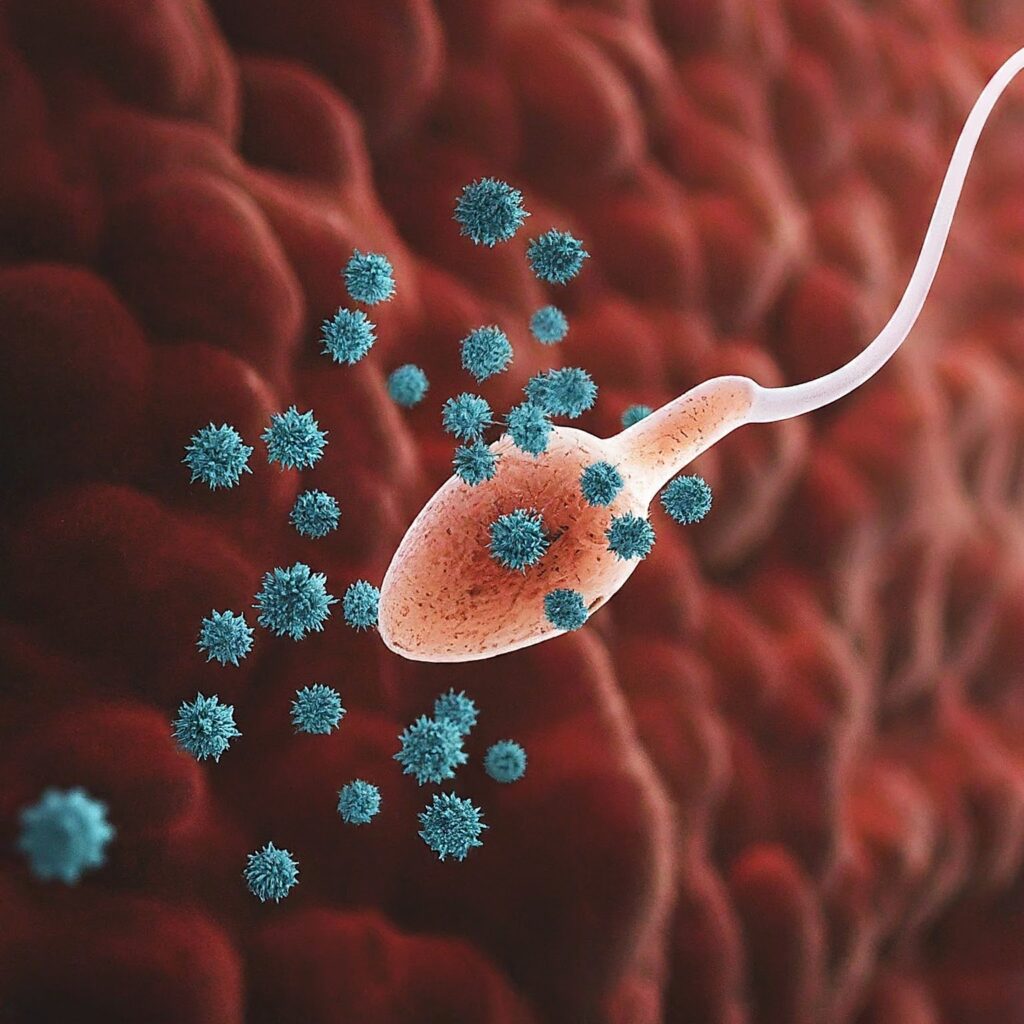
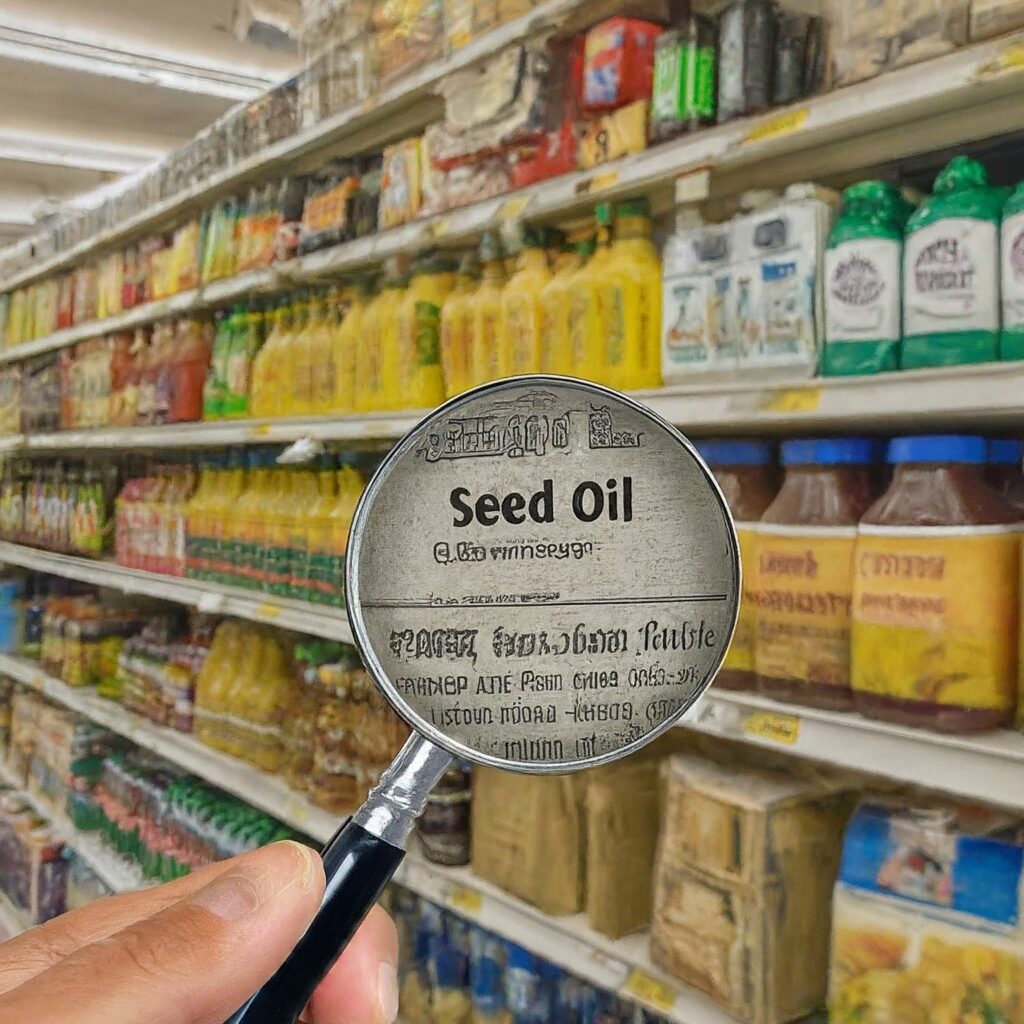
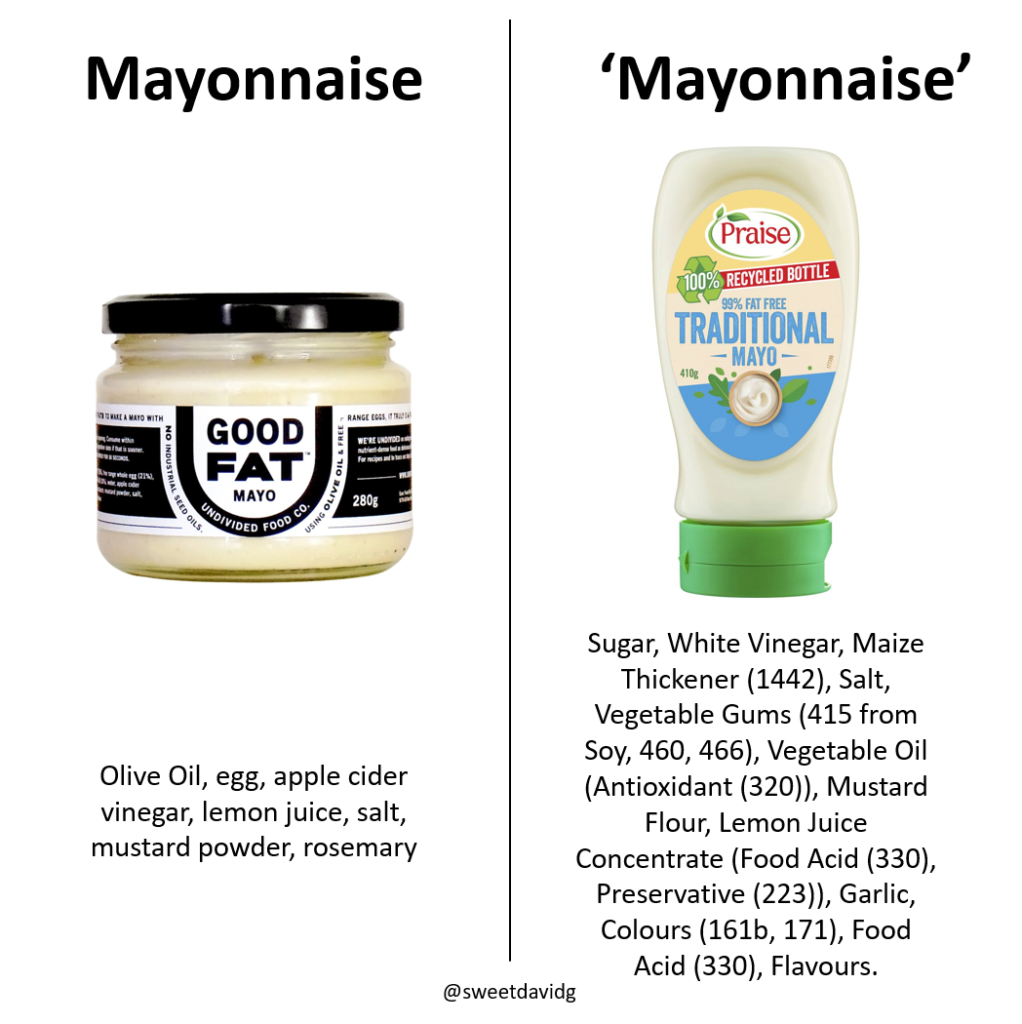
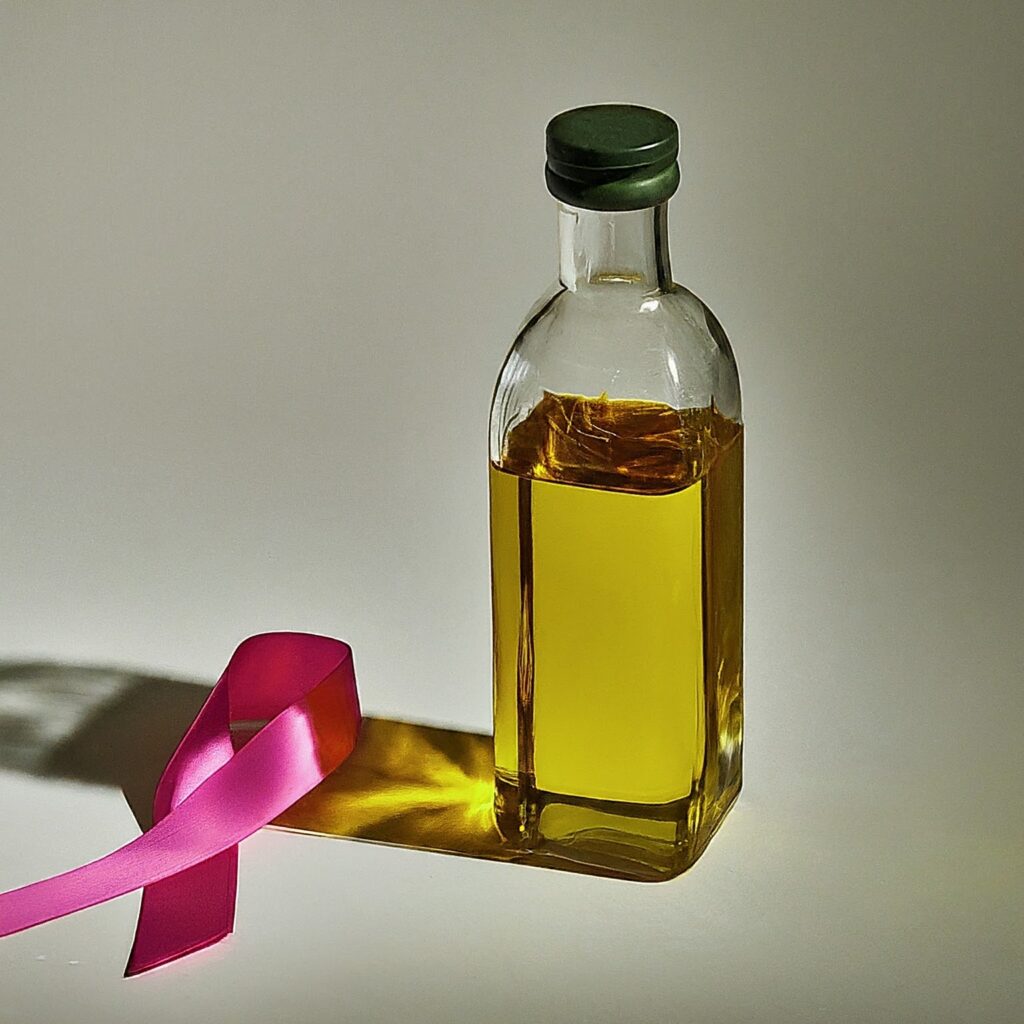
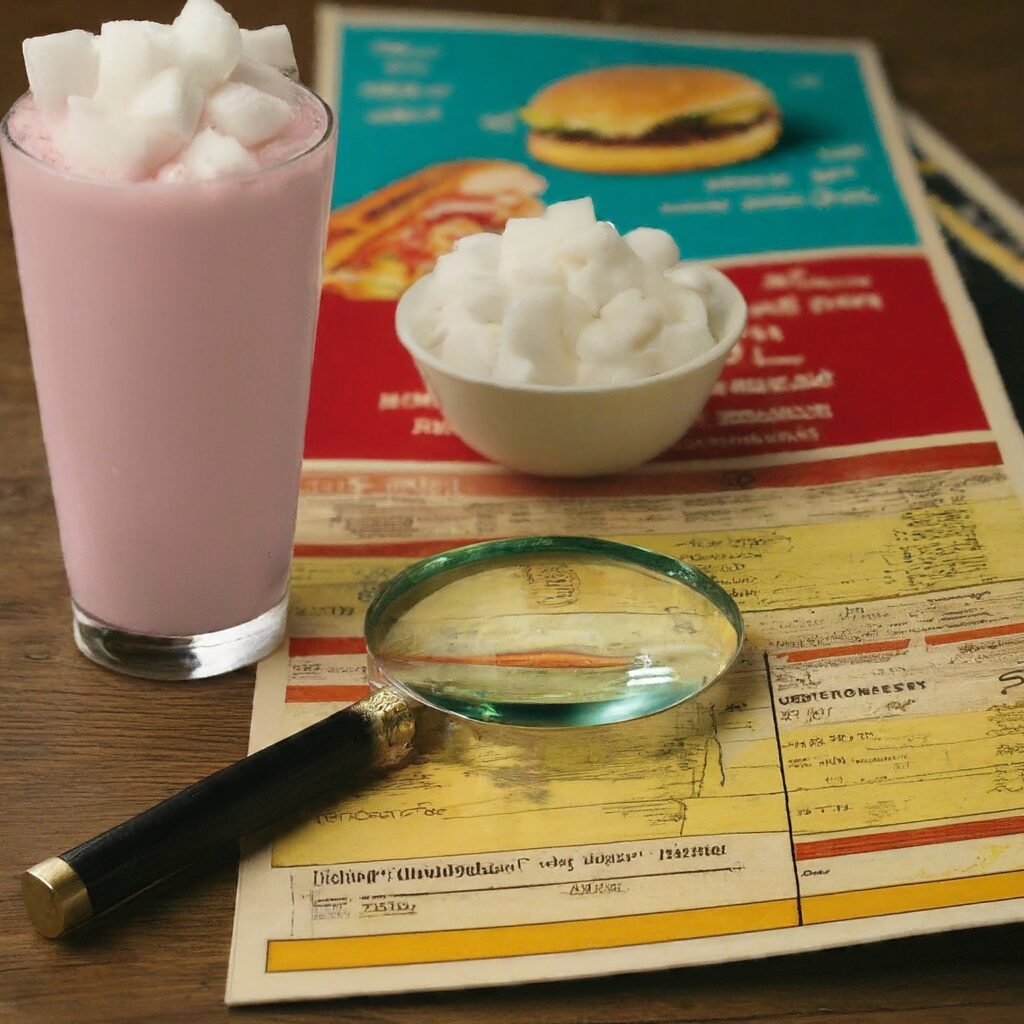

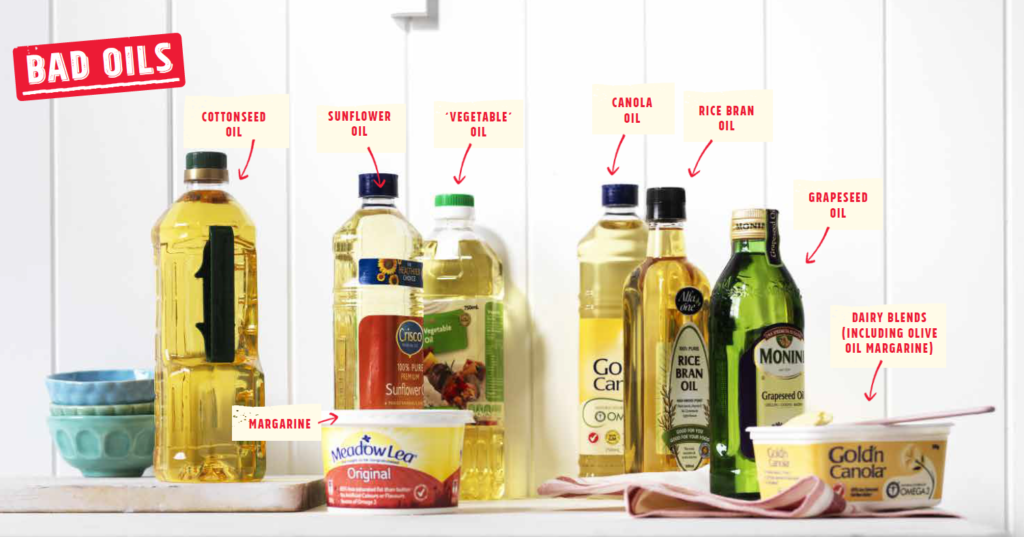











Recent Comments